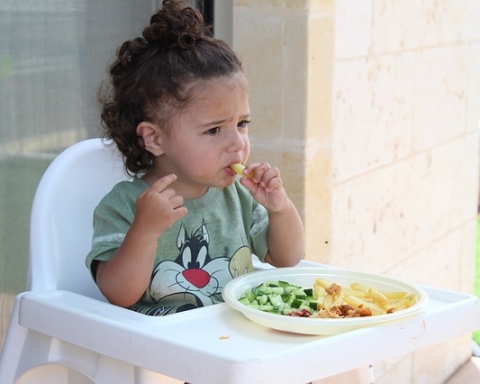According to Psychology Today, parallel parenting is an “arrangement where divorced parents are able to co-parent by means of disengaging from each other.’’ Basically, it is an agreement between divorced parents in which they both assume their parental roles with limited direct contact, especially in situations where they are unable to communicate effectively and respectfully with each other.
In parallel parenting, the welfare of the children is the first priority. Even though the parents remain separated from each other, both are fully connected to their children. The main aim of parallel parenting is to allow each parent to take part in raising their children while moving forward without much conflict.
Also, read on this website:
The Advantages of Parallel Parenting
Sometimes, divorce and separations are inevitable, and oftentimes, the children are affected the most. Parallel parenting has a myriad number of advantages for both the parents and the children:
- Reduced interference. Parallel parenting enables both parents to exercise their parenting styles without having to explain themselves to each other. As long as their decisions benefit their children’s welfare, the parents do not interfere with each other, which encourages a smooth transition for both them and the children.
- No stress. Most divorce cases involve major disagreements that expose the children to parental conflicts. Parallel parenting protects the children from these conflicts because there is very minimal direct communication between the parents. This reduces stress and pain for both the parents and the children.
- Minimal interaction. Parallel parenting focuses on the disengagement of the parents to reduce direct communication as much as possible. This lessens anxiety and tension between the parents whenever the children will be most affected. Major decisions regarding the children are handled maturely. Any disagreements are resolved without dragging the children into them.
- Gradual healing. Divorce can be traumatizing for families, and it affects both the parents and the children. The minimal direct interaction and communication promoted by parallel parenting gives everyone space and allows families to heal. For parents, respecting each other’s personal space and decisions enables things to gradually fall in place, and so moving on becomes easier.
- Official communication. Parallel parenting encourages communication via email since email reduces the likelihood of emotional outbursts. Moreover, the parents’ communication is strictly limited to the children’s welfare and well-being. This leads to more effective communication between the parents.
The Disadvantage of Parallel Parenting
The biggest setback of parallel parenting is the conflicting parenting styles of the parents.
One article exploring the pros and cons of parallel parenting cites certain studies that think parallel parenting is a way to “maximize contact” in a forced way, which might not be in the best interest of the children. Since each parent can make his or her own decisions about their parenting roles, their different approaches might be confusing for the children, who are caught in the middle of it all.
Parents may think that spending a lot of time with their children is the best parenting strategy, but they shouldn’t forget that it is the quality time and not the quantity of time that matters.

References
- Birnbaum, Rachel, and Barbara Jo Fidler. “Commentary on Epstein and Madsen’s ‘Joint Custody with a Vengeance: The Emergence of Parallel Parenting Orders.'” Canadian Family Law Quarterly 24, no. 3 (2005): 337. Retrieved from https://search.proquest.com
- Fabricius, William V., Sanford L. Braver, Priscila Diaz, and Clorinda E. Velez. “Custody and Parenting Time: Links to Family Relationships and Well-Being after Divorce.” In The Role of the Father in Child Development, 5th ed. Edited by Michael E. Lamb, 201–240. Hoboken, NJ: John Wiley & Sons, Inc., 2010. Retrieved from http://psycnet.apa.org/record













